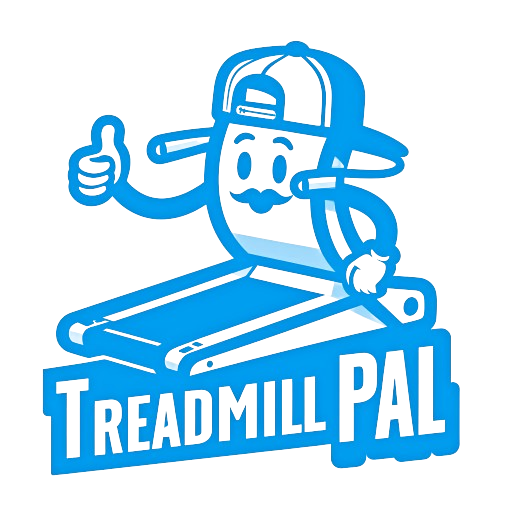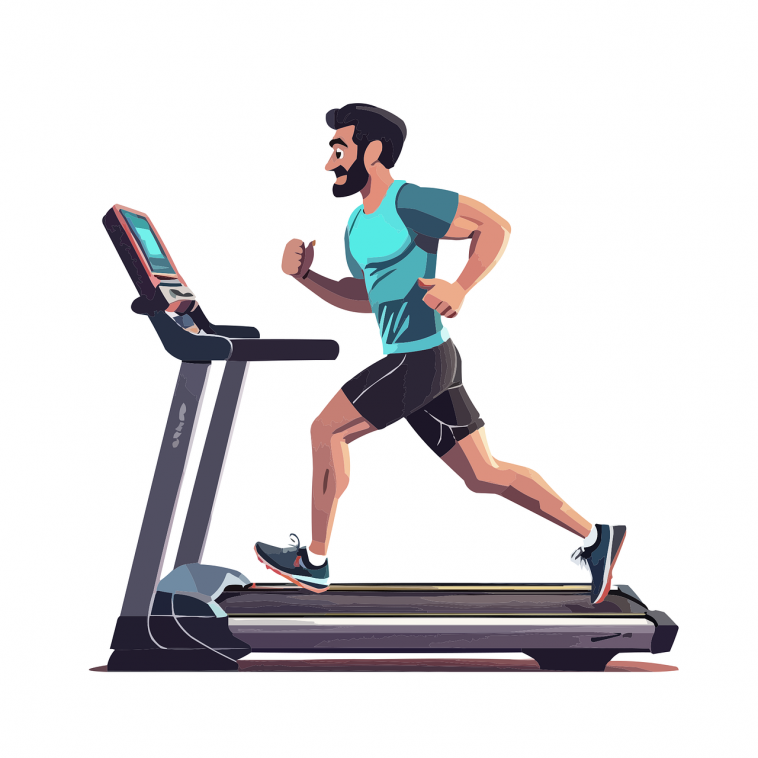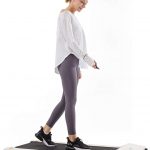The treadmill hums beneath your feet, the endorphins pump, and you’re lost in the rhythm of your run. But wait, are those socks your only companions? That’s right, folks, we’re diving into Treadmill Without Shoes: Benefits & Drawbacks 2024 trend, exploring its benefits and drawbacks to help you decide if it’s your next fitness adventure.
The benefits of running barefoot have been realised by many runners. But deciding whether to wear shoes or not when riding a treadmill might be perplexing.
On the one hand, wearing shoes gives your feet more stability and protection. Going barefoot, on the other hand, enables your feet to move more naturally and may help lower the risk of injury.
We have the solution for you. We’ll cover all you need to know about Treadmill Without Shoes Benefits & Drawbacks in this post, including when it’s acceptable to remove your shoes and when you should do so.
Do Shoes Have to Be Removed to Use a Treadmill?
Always wear shoes when utilising a treadmill, as a general guideline. This helps maintain the treadmill belt clean and safeguards your feet from harm. But you might want to think about wearing socks as well if your running shoes are extremely grimy or have been around for a while.
If you want to read about budget-freindly treadmills available in market. Check out this article! 10 Best Treadmills Under $300 – $400
Treadmill Without Shoes Benefits & Drawbacks Points?
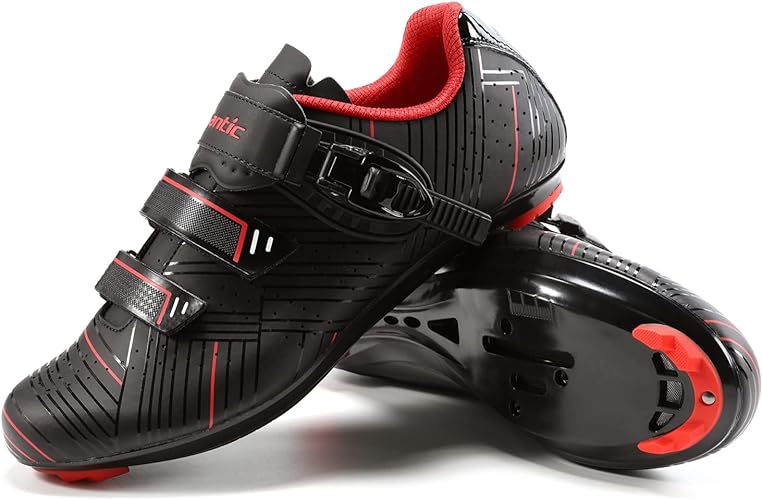
Benefits:
- On a treadmill, wearing shoes can give your feet additional support and cushioning, reducing the risk of accidents.
- Your traction on the treadmill can be improved with the aid of shoes, which can increase the efficiency of your workout.
- Your feet can be shielded from the heat and friction produced by the treadmill belt by wearing shoes.
Drawbacks
- On a treadmill, wearing shoes can further increase foot perspiration and blister risk.
- Your workout may become heavier as a result of your shoes, which will make it harder to burn calories.
- Additionally, wearing shoes can make it harder to maintain balance when using the treadmill, which may result in falls.
Reasons Why Shoes Should Not Be Worn on Treadmills?
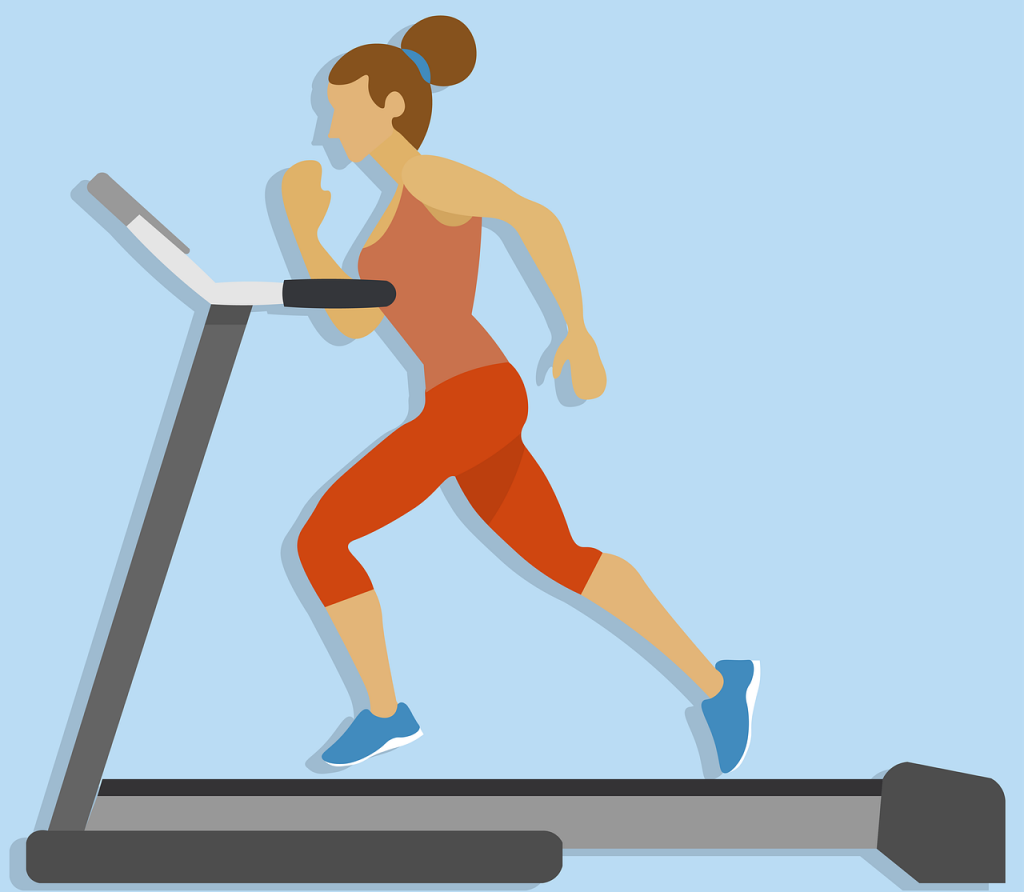
There are a few reasons why someone would prefer to use a treadmill without wearing shoes.
- When using the treadmill for a brief workout, shoes can be cumbersome and unpleasant to transport.
- It may be more challenging to stay on the treadmill if your shoes become sweaty and slippery.
- Some people think that using a treadmill while barefooted can help them maintain proper form and avoid injuries.
On a treadmill, are open-toed shoes acceptable?
On a treadmill, open-toed footwear is OK. Many people think doing so is more convenient and pleasant. But there are a few things to remember.
- Make sure your shoes are firmly secured so they won’t come off as you run.
- Be mindful of where you set your feet on the treadmill belt so you don’t unintentionally step on the edge and trip.
- While running, pay attention to your technique and make sure to keep a straight spine and proper posture. You won’t experience any issues wearing open-toed shoes on the treadmill if you bear these items in mind.
Of course, not everyone enjoys working out barefoot. You still have a lot of options if this is the situation for you.
Special exercise shoes are available that are made to offer the same advantages as doing exercises barefoot. Alternatively, you can just put on socks with bottom grippers to assist hold your feet in place.
If you want to acquire information about treadmills that will help with bad knees. Check out this article! Best Home Treadmill for Bad Knees
Final Reflections
Wearing shoes when riding a treadmill is ultimately a matter of personal preference and comfort.Ultimately, the decision depends on your personal preferences and fitness goals. Here’s a quick guide:
- Go barefoot if: You’re looking for a more natural running experience, want to strengthen your feet, and are comfortable with the feeling.
- Stick with shoes if: You have pre-existing injuries, prioritize comfort, or have concerns about hygiene.
Tips for Successful Barefoot Treadmill Running:
- Start slow and gradually increase the intensity and duration of your runs.
- Choose a clean and well-maintained treadmill.
- Invest in a high-quality treadmill mat for added comfort and grip.
- Listen to your body and stop if you experience any pain or discomfort.
While some people prefer to go barefoot, others are more at ease wearing shoes. Avoid wearing high heels or open-toed sandals; if you do decide to wear shoes, make sure they are well-fitting and offer excellent support.
Additionally, experimenting and determining what feels most comfortable are the greatest ways to determine what will work best for you.
It is also best to start out wearing shoes if you are new to jogging or have never utilised a treadmill.
You might decide to run barefoot occasionally when your treadmill running technique and balance improve. To reduce the chance of injury when running barefoot, just be sure to pay strict attention to your form and posture.Remember, there’s no shame in either choice! Whether you prefer the freedom of going barefoot or the comfort of trusty shoes, the most important thing is to find a way to move your body that you enjoy and that keeps you active. So, lace up (or not!), hop on the treadmill, and embrace the joy of a sweaty, satisfying workout!
